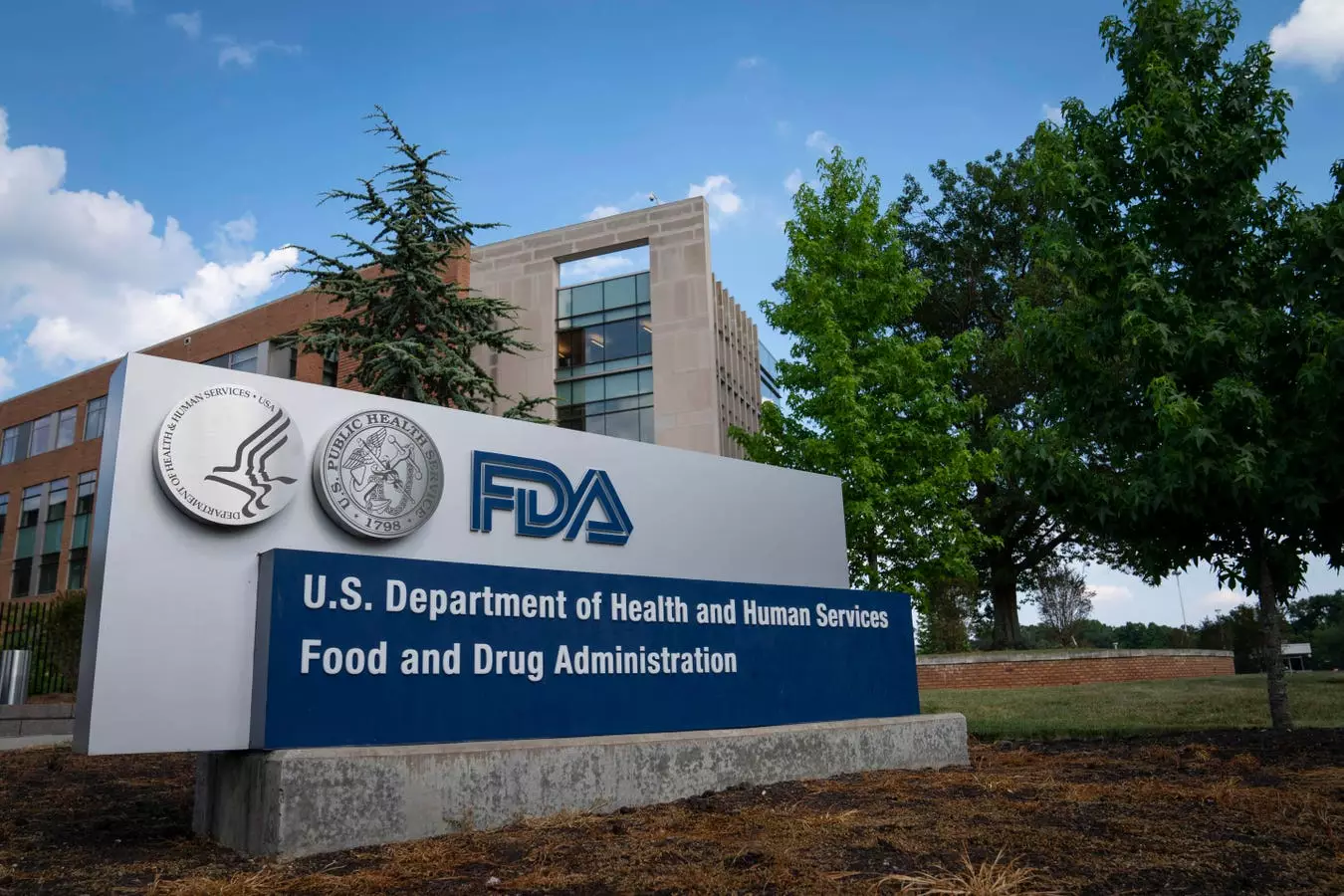On Wednesday, a significant development occurred in the realm of food safety and public health when the Food and Drug Administration (FDA) announced a ban on Red No. 3, a synthetic dye commonly found in various foods, beverages, and ingested medications. This decision demands that all food manufacturers eliminate Red No. 3 from their products by January 2027. While this action has been heralded as a progressive step forward, it sheds light on a lingering concern—the continued approval of eight other artificial dyes still permitted for human consumption. With this backdrop, it is essential to delve into the health implications linked to these color additives, the companies that utilize them, and the potential for further regulatory scrutiny within the food industry.
The use of synthetic dyes in food has been a prevalent practice for decades, with the primary aim of enhancing visual appeal to consumers. Unfortunately, as society becomes more health-conscious, the darker side of these additives is coming to light. Findings from numerous studies indicate that many artificial colorants—including those approved for use in the United States—are associated with serious health risks such as cancer, hyperactivity, and attention deficit hyperactivity disorder (ADHD). Children, who are often the primary consumers of brightly colored candies and snacks, are particularly vulnerable to the adverse effects of these chemicals.
According to Consumer Reports, following the ban on Red No. 3, there remain eight synthetic dyes still managed under FDA guidelines. Dyes such as Red 40, Yellow 5, and Yellow 6 are ubiquitous; they appear in over 90% of certain popular consumer products, especially candies and fruit-flavored snacks. Alarmingly, these problematic additives are often banned in other countries due to mounting evidence surrounding their health impacts. In contrast, the U.S. continues to lag behind in safeguarding public health against synthetic colorants.
In response to growing consumer backlash against artificial additives, several major food manufacturers have issued promises to remove these synthetic dyes from their products. For instance, General Mills publicly committed to eliminating artificial colors from its Trix and Lucky Charms cereals by the end of 2016; however, ongoing scrutiny suggests that these products still contain harmful dyes. Similarly, Kellogg’s promised to phase out synthetic colors by 2019 but has been accused of failing to follow through on that pledge.
This inconsistency raises pertinent questions about corporate accountability and consumer rights. Brightly marketed products often mask the presence of harmful chemicals, leading consumers to unwittingly ingest substances that could jeopardize their well-being. Transparency is a critical factor as the public increasingly demands healthier, more natural food choices, urging companies to reassess their ingredient lists.
The production of synthetic dyes is dominated by a handful of corporations, some of which are publicly traded entities like Sensient Technologies, Archer Daniels Midland, and DowDuPont. These companies not only supply dyes but also influence the food supply chain significantly. Efforts to engage these providers in discussions about the percentage of their sales derived from synthetic dyes have, so far, garnered little response, highlighting a possible reluctance to disclose pivotal information concerning consumer health impacts.
In examining which foods incorporate these dyes, several notable brands have been repeatedly linked to synthetic colorants. Mars, for example, produces popular candies such as Skittles and M&M’s, which are infused with an array of artificial dyes. Additionally, General Mills and Kellogg’s have their own product lines that also rely heavily on these additives, including Trix and Froot Loops.
The ban on Red No. 3 could be just the start of a broader reevaluation of food policies surrounding synthetic dyes as pressure mounts for healthier food alternatives to be made available. With potential developments such as Robert F. Kennedy Jr.’s nomination on the horizon, some speculate that there may be intensified scrutiny regarding America’s food supply, prompting further regulations targeting artificial dyes. As consumer trends gravitate toward more wholesome and nutritious options, companies may be compelled to adapt their formulations, driving a transformation in the food and beverage landscape.
Ultimately, the evolution of food regulations will hinge upon public awareness, corporate accountability, and a willingness from governing bodies like the FDA to prioritize consumer health above profit margins. In this landscape, change is not just desirable but necessary—both for the safety of consumers and the integrity of the food industry itself.


Leave a Reply